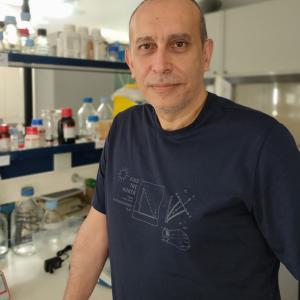Food Biotechnology
Biological Activity of Food Compounds
Description
Objectives
There is much epidemiological evidence suggesting that fruit- and vegetable-rich diets may reduce the incidence of cardiovascular disease, diabetes or cancer, effects that are largely attributed to polyphenols. However, most scientific evidence behind these claims is based on in vitro experiments, which are difficult to extrapolate. Due to costly and time-consuming experiments, little is known about certain dietary benefits in the whole human or animal organism, particularly in relation to certain pathologies or aging processes.
Many studies address the possible functional effects of polyphenol extracts from various sources, but there is little information about:
- i. What compound or compound combination is the most relevant.
- ii. Which of them may have adverse effects.
- iii. When polyphenol metabolization by gut microbiota or the body influences the compound's functional properties.
- iv. Which molecular mechanisms are involved.
In order to improve our knowledge on some of these issues, the following objectives have been established:
- - Develop and implement fast methodologies for screening extracts and compounds, based on the use of Saccharomyces cerevisiae and Caenorhabditis elegans as models for oxidative stress response and/or longevity. The nematode C. elegans is an easily managed simple animal model. This model can be used to validate results in a multicellular animal, whose responses to oxidative stress and aging have strong similarities with human physiological processes.
- - Inquire about which genes or metabolic pathways are affected in model organisms as a result of exposure to studied ingredients, using high-throughput “omic” technologies and mutant strains. Such knowledge will be useful when inferring possible homologies with humans and finding new therapeutic targets. Thus, the gathered information may help substantiate certain health claims and lay down the scientific basis for follow-up preclinical and clinical trials.




